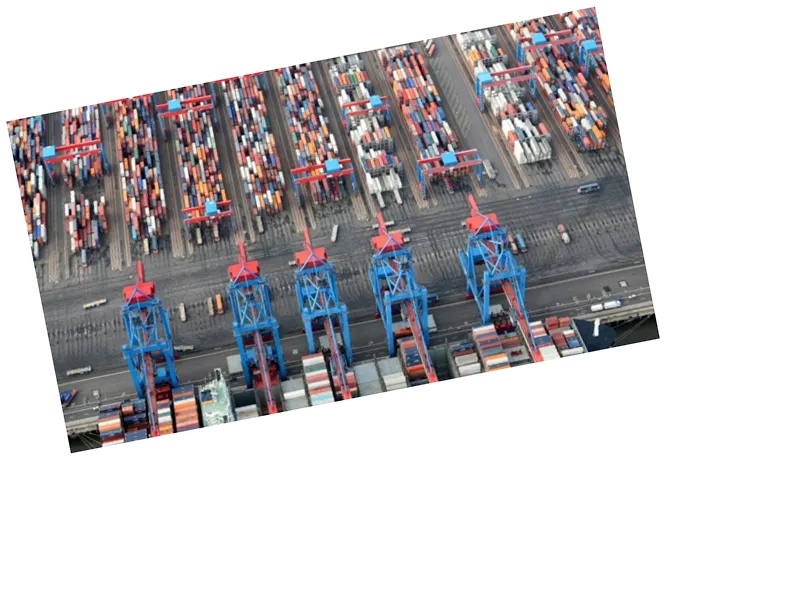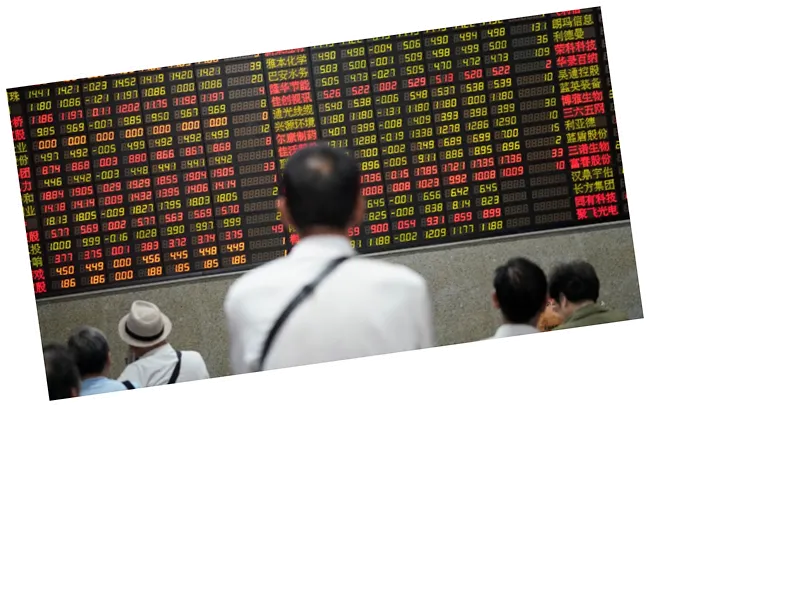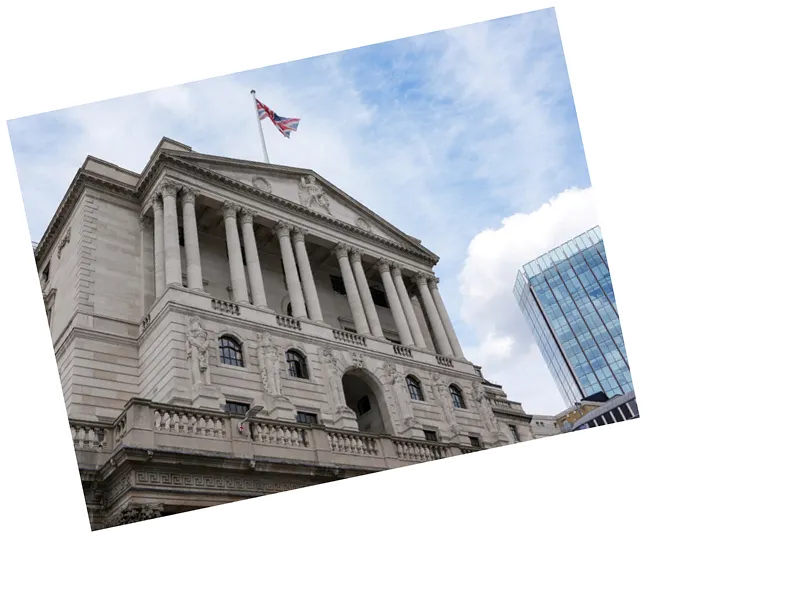The U.S. economy is demonstrating a remarkable resilience, with an annual growth rate of 3% reported for the second quarter of 2024. This growth is largely attributed to robust consumer spending, which continues to drive economic momentum despite rising borrowing costs and inflation pressures. According to Bloomberg, the latest data reflects a strong consumer sector, even as discussions around potential interest rate cuts by the Federal Reserve gain traction.
However, this consumer-driven growth is accompanied by underlying concerns, particularly regarding the sustainability of spending in the face of economic uncertainty. Forbes highlights that while spending remains strong, the pace of income growth has slowed, the labor market has softened, and the savings rate has declined. These factors raise questions about whether consumer spending can continue to fuel economic growth.
Moreover, despite the positive growth figures, there are indicators suggesting that the U.S. economy could be on the verge of a recession. The unemployment rate has risen from 3.5% to 4.3% over the past year, as reported by Al Jazeera. The Saham Rule, a reliable recession indicator, suggests that this rise in unemployment could lead to reduced consumer spending, further slowing economic growth.
As the Federal Reserve contemplates its next moves, the potential for a rate cut is becoming a focal point. Fed Chairman Jerome Powell has hinted at the possibility of rate cuts, which could support consumer spending. However, analysts caution that broader economic challenges, including stagnant incomes and rising unemployment, might overshadow any benefits from rate cuts.
Looking ahead, the interplay between consumer spending, Federal Reserve policies, and recession indicators will be crucial in shaping the U.S. economy's trajectory in 2024. While the economy has so far defied recession predictions, the risks remain, and the Fed's upcoming decisions will significantly impact both consumers and businesses.
- The upcoming jobs report, scheduled for release on September 6, will be a critical indicator of the economy's health. An increase in unemployment could further undermine consumer confidence and lead to a more pronounced economic slowdown. The stock market's recent performance, particularly the recovery of the S&P 500, adds another layer of complexity to the current economic landscape. Analysts suggest that financial markets have not yet fully accounted for the possibility of an impending recession.






